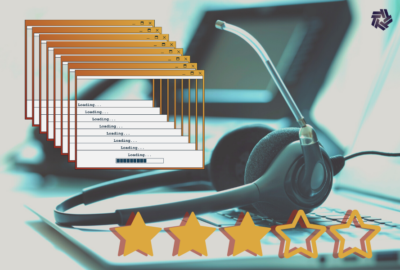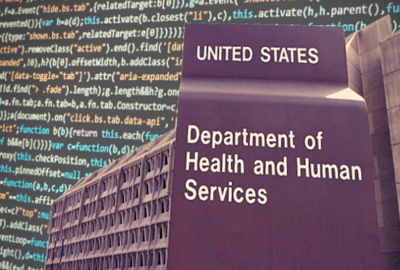With email migration done, GSA turns to other cloud services
Agency CIO Casey Coleman said the move to Google\'s gmail went smoothly and is 99 percent complete. GSA recently hired another cloud service provider to host co...
wfedstaff | June 4, 2015 11:54 am
By Jason Miller
Executive Editor
Federal News Radio
Every employee of the General Services Administration is using Google’s gmail for email, calendaring and other common services. The agency finished the switch to the private sector email-as-a-service model in July and now is moving on to collaboration-as-a-service.
Casey Coleman, GSA’s chief information officer, said there are only some punch list items left to fully make the switch to email in the cloud, and her office is close to turning off the old Domino Lotus Notes email system.
“We still have to move some of our archive files over and we are doing some clean up on Domino applications and seeing where we need to migrate them to the new platform,” Coleman said. “We’ve begun to shutdown our old email services. We are re-purposing our storage servers once those archives have been moved over and we have some applications that were built in the old email system that we also are moving. Once they are moved in the next 9-to-12 months, we will shut down those final few servers. We have cut that cord. There is no ability to send or receive email from the old system and those licenses been de-commissioned.”
Coleman said the move to Google went smoothly for the most part. She said among the biggest challenges was how to make sure employee BlackBerrys could access the cloud email.
She said GSA has three choices to upgrade the devices: collecting and updating every device, issuing a new device or asking employees to do the migration themselves. Coleman said GSA ended up asking employees to follow a wizard-type application and migrate their BlackBerrys themselves.
She said the updating of the handheld devices was part of the partnership, communication, and change management that was needed to move to the new email system.
Coleman said GSA already is realizing savings and other benefits from using Google. The agency maintained the old system so now those costs are pushed to the vendor. Additionally, Coleman said GSA has better resiliency and continuity of operations capacity, and improved mobile access to email, calendar and contacts.
Now that the email migration is 99 percent done, Coleman is turning her attention and applying the lessons learned to moving to collaboration-as-a-service.
She said GSA recently hired Salesforce.com to host as many as seven different collaboration tools, such as project sharing and tracking notes, instead of hosting them separately on the agency’s network.
GSA also is starting to look at how it can improve its legacy business systems across seven areas, including shared services, financial management, and human resources and innovative government-wide platforms such as challenge.gov.
“A lot of our efforts have focused on our infrastructure and end user productivity tools such as Office 2007,” Coleman said. “We are now looking at our legacy business systems to see where we are positioned to support new or existing GSA needs. This is fundamentally a governance question so we are re-vitalizing our enterprise governance process. Our Investment Review Board will be chaired by our deputy administrator and they will make the tough decisions for investment priorities.”
She added the review will be broad to ensure there are capabilities to support multiple business functions and linkage to support mission needs.
A second new priority is the recompetition of GSA’s main IT infrastructure contract, known as IT Infrastructure Technology Global Operations(GITGO). The agency awarded the $200 million to Catapult Technology in 2007.
Coleman said GSA still is developing the acquisition strategy, but she expects the contract requirements to expand with the inclusion of new areas such as the management of green buildings.
RELATED STORIES:
GSA finishes cloud email migration
Copyright © 2024 Federal News Network. All rights reserved. This website is not intended for users located within the European Economic Area.






